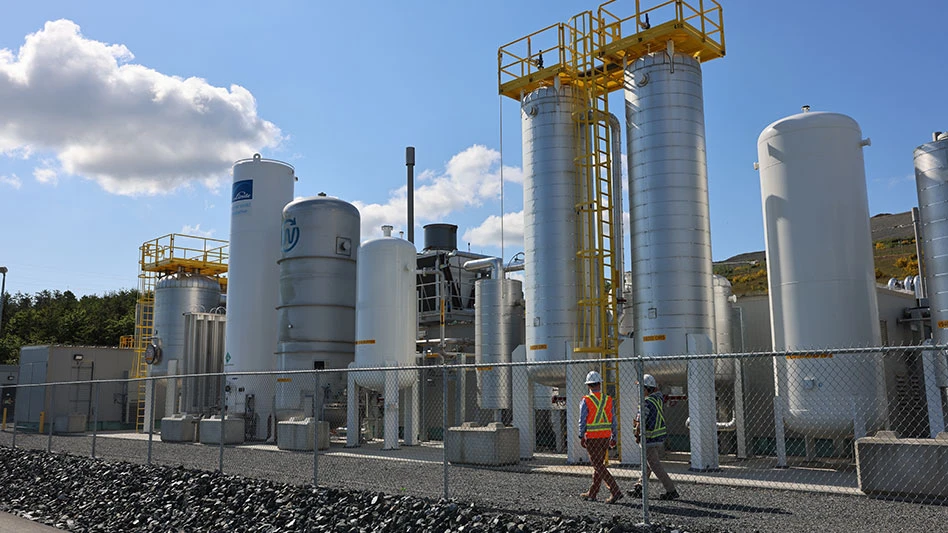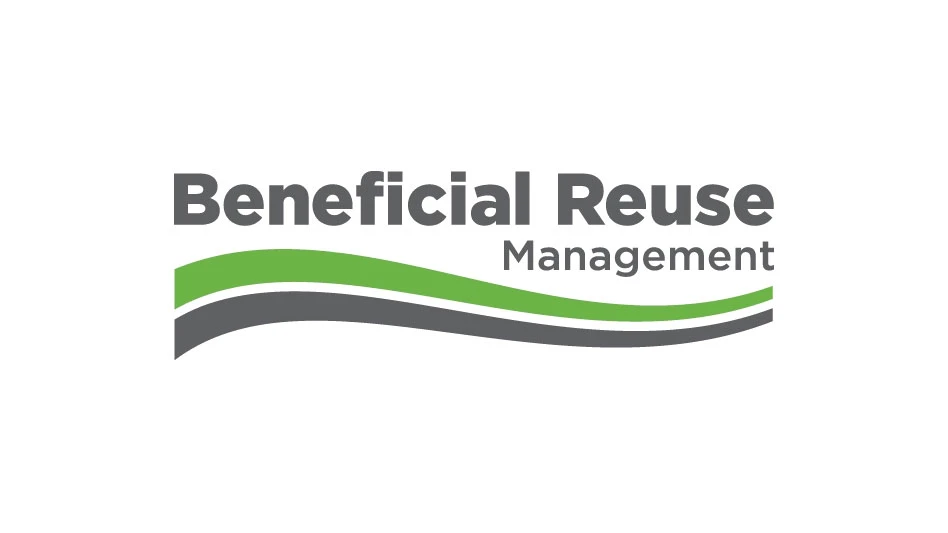The state of Connecticut’s Department of Energy and Environmental Quality (DEEP) has released a report that states extended producer responsibility (EPR) programs for obsolete electronics, thermostats, paint and mattresses are an effective method to increase recycling percentages for those materials.
The report, “Connecticut Extended Producer Responsibility Program Evaluation: Summary and Recommendations,” was prepared for Connecticut’s DEEP by the Product Stewardship Institute (PSI), a nonprofit committed to reducing the health, safety and environmental impacts of consumer products across their life cycles with a strong focus on sustainable end-of-life management.
The report makes a number of key points:
- The state's four EPR programs diverted more than 26 million pounds of material from waste, yielded a cumulative cost savings of more than $2.6 million per year to Connecticut municipalities and industries involved provided recycling services worth another $6.7 million.
- Connecticut EPR programs created more than 100 jobs and reduced greenhouse gas (GHG) emissions by more than 13 million kilograms of carbon equivalent.
- EPR programs have given state residents more and convenient access to recycling of thermostats, paint, electronics and mattresses.
- Total e-scrap recovery steadily increased from 3.7 million pounds in 2009 to 18.6 million pounds in 2015.
- Collection of mercury thermostats, which ranged from 1,551 to 2,123 between 2008-2013, jumped to 2,866 in 2015 because of EPR legislation requiring manufacturers to collect and recycle these items.
- Total paint recovery increased significantly from 149,000 gallons in 2010 – prior to establishing a program to recycle paint – to 320,000 gallons in 2016 after the EPR program was enacted.
- Before the mattress stewardship program began, Connecticut recycled about 8.7 percent of discarded mattresses. Since the start of the program in 2015, more than 130,000 units or 63.5 percent of discarded mattresses have been collected for recycling.
“The PSI report clearly demonstrates that EPR is a great tool to help us recycle more, help municipalities save money, create jobs and meet the states goal of reducing GHG emissions,” says Connecticut DEEP Commissioner Robert Klee. “The report also makes it clear that EPR can play a key role in helping us achieve Connecticut’s ambitious goal of diverting 60 percent of our trash from the waste stream by 2024.”
“This comprehensive evaluation, the first of its kind in the United States, demonstrates the significant economic and environmental gains that EPR programs have achieved in Connecticut and the potential these programs have to reduce local government costs and increase recycling nationwide,” says Scott Cassel, CEO and founder of PSI. “We applaud Connecticut DEEP for evaluating the successes, challenges and opportunities of their EPR programs – a critical step in strengthening these laws and ensuring their success within the emerging circular economy.”
Last July, Connecticut adopted a Comprehensive Materials Management Strategy (CMMS) aimed at reducing waste, increasing reuse, recycling, and composting and focusing on the development of waste conversion technologies.
The CMMS lays out strategies to achieve the diversion of 60 percent of waste from the waste stream. In addition to EPR, the strategies included improving the performance of municipal materials management programs and developing and improving recycling and waste conversation technologies.
Under the PSI study, Connecticut’s four EPR programs – electronics, thermostats, paint and mattresses – were all evaluated and examined in terms of their collection programs, environmental impacts of the program, convenience to residents, costs of the program and the financial savings (if any) and jobs created. The report includes comparisons of Connecticut’s programs to other states, both in the region and nationally.
The PSI report shows that:
- In 2014, Connecticut ranked 11th out of 25 states with electronic stewardship programs for collecting e-waste.
- In 2014 Connecticut was ranked 9th among 13 states with its thermostat EPR program.
- For its paint recycling program, on a per-capita basis, the state collected more paint than California and Rhode Island.
- Since beginning its mattress stewardship program in 2016, the number of mattresses disposed of decreased from around 115,000 in 2014, before the program began, to 77,000 in 2016, the first year of the stewardship program.
Latest from Waste Today
- Montana city approves compost facility improvements
- Willows offer a nature-based solution to reducing leachate volumes
- REI outdoors retailer hits zero waste target
- Minnesota awards $1M in waste reduction grants
- Nashville inches closer to establishing standalone solid waste department
- Los Angeles Sanitation and Environment wins brownfields grant
- Bain & Co. sees distant chemical recycling timeline
- Terex Ecotec launches new windrow turners





